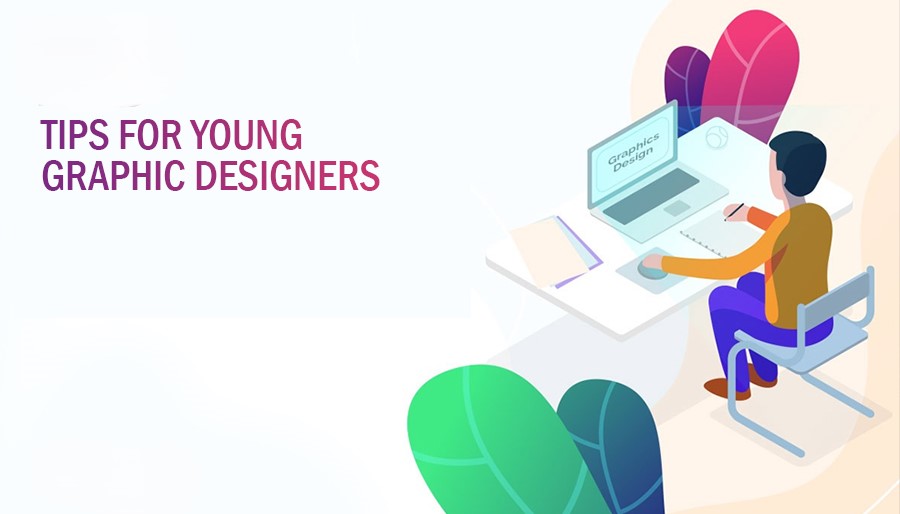Currently Empty: $ 0.00
Art & Design
Essential Advice for Young Designers | Haldoor Academy

Introduction
Becoming a master visual designer requires more than just creativity; it demands an unwavering attention to detail. While innovation is crucial, a strong foundation in design principles is equally important. In this post, we’ll explore why young designers should prioritize mastering the fundamentals before pushing creative boundaries.
The Importance of Detail-Oriented Design
Great design is often characterized by its meticulous attention to detail. Every element, from typography to spacing, contributes to the overall impact of a design.
- Pixel Perfection: Every pixel matters. A misplaced element can disrupt the visual harmony of your work.
- Grid Alignment: Using a grid system ensures consistency and balance throughout your design.
- Typographic Hierarchy: Effective use of font sizes creates a clear visual hierarchy, guiding the viewer’s eye.
- OCD Tendencies: Designers with a keen eye for detail often exhibit obsessive-compulsive tendencies, ensuring nothing is overlooked.
Learn the Rules Before You Break Them
While originality is admirable, rushing to reinvent the wheel can be counterproductive.
- Build on Existing Knowledge: Start with proven design principles and gradually experiment with new approaches.
- Master the Fundamentals: A strong grasp of visual design principles is essential for creating innovative work.
- Gradual Rule-Breaking: Once you understand the rules, you can strategically break them to achieve desired effects.
Build a Strong Design Portfolio
A well-curated portfolio showcases your skills and abilities to potential clients or employers.
- Quality Over Quantity: Focus on showcasing your best work rather than filling your portfolio with mediocre projects.
- Diverse Projects: Demonstrate your versatility by including a range of design styles and projects.
- Clear Visual Hierarchy: Ensure your portfolio is easy to navigate with a clear visual hierarchy.
- Storytelling: Each project should tell a story about your design process and the problem you solved.
Seek Feedback and Continuous Learning
Design is an ever-evolving field. Stay updated on the latest trends and technologies.
- Constructive Criticism: Welcome feedback from peers and mentors to improve your work.
- Online Resources: Utilize online tutorials, courses, and communities to expand your knowledge.
- Experimentation: Don’t be afraid to try new things and step outside your comfort zone.
- Inspiration: Find inspiration from various sources, such as nature, art, and other designers’ work.
Conclusion
By prioritizing detail-oriented design, mastering fundamental principles, building a strong portfolio, and seeking continuous learning, young designers can set themselves up for success. Remember, every design is an opportunity to showcase your skills and attention to detail.

